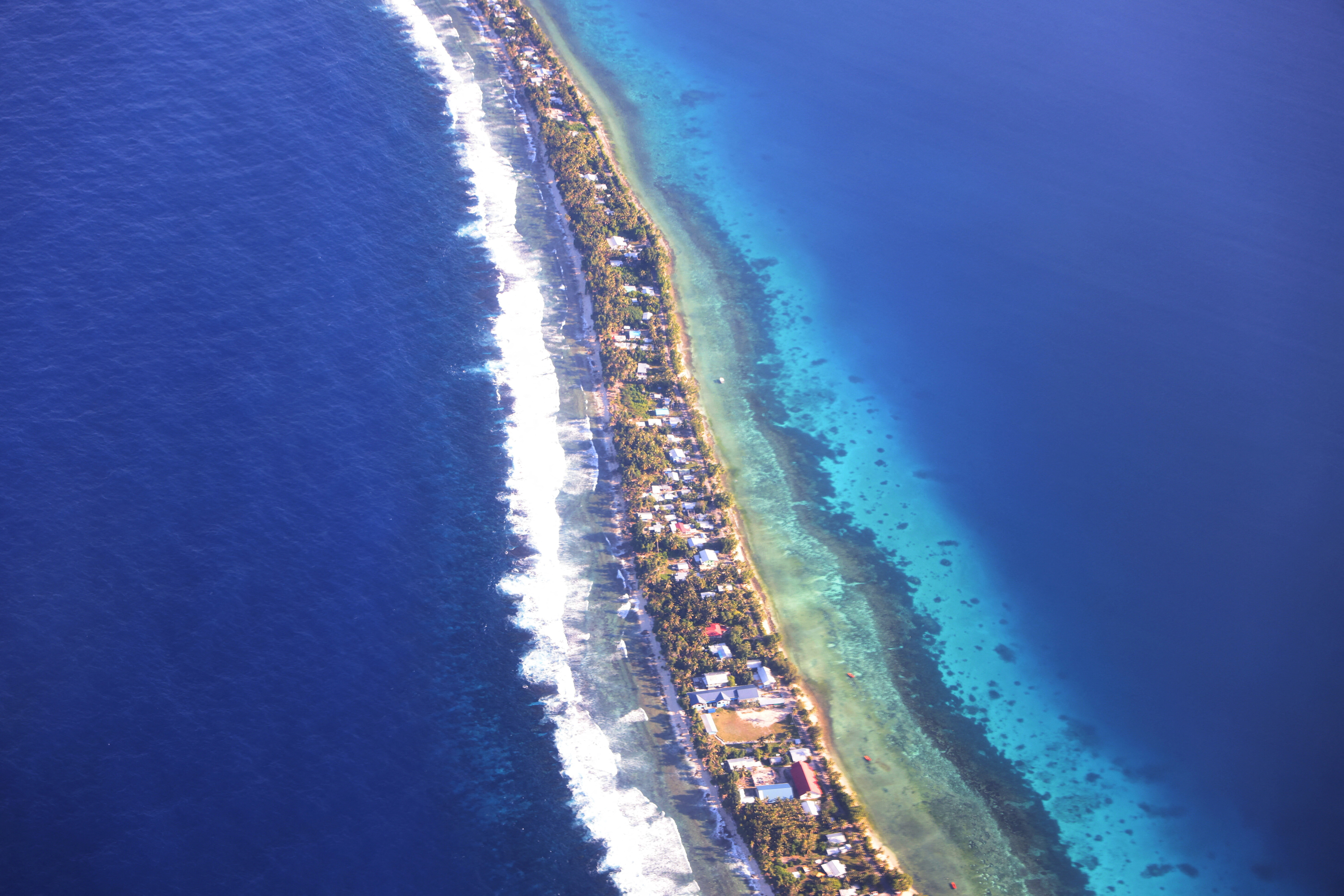How the World Bank is boosting climate resilience

The Climate Resilience Tool can help people prepare for climate shocks.
Image: Unsplash/Jonathan Ford
Stay up to date:
Infrastructure
- A new Climate Resilience Booster Tool has been developed by the World Bank Group under the Africa Climate Resilient Investment Facility (AFRI-RES).
- This tool is now available for companies and institutions who are creating development projects that consider climate change, to help them navigate climate shocks and stressors.
- The Resilience Booster Tool is designed to drive climate action and provide support to vulnerable communities.
- It's therefore a great complement to the Next Generation Africa Climate Business Plan.
What if development practitioners, city planners, community organizers, and other decision makers could build more climate resilient systems to help people thrive in a sustainable way? What if projects and policy decisions planned for the effects of climate change, from the start? What if by improving processes like these, local agencies were more connected and agile, enabling them to monitor for disruptive weather patterns, fluctuations in food prices, or changing water levels to help communities anticipate problems and make plans to avoid them?
The new climate Resilience Booster Tool helps them to do just that. This hands-on, intuitive tool, developed by the World Bank Group under the Africa Climate Resilient Investment Facility (AFRI-RES), is now available for teams who are designing and implementing development projects that consider climate change to better support communities and institutions navigate future climate shocks and stressors.
How does the Climate Resilience Booster Tool work?
The tool asks project teams to consider which climate change resilience attributes—key characteristics that help to strengthen the capacities of people, communities and institutions to withstand climate shocks, adapt to changing circumstances, and create strategies to succeed—could help achieve their project objectives, and then identify specific interventions to make that happen. When embedded into a project’s design, these attributes can boost efforts to achieve more sustainable and resilient growth and enhance the results of climate financing.

The integration of climate resilience into a project’s design, implementation, and monitoring can support the achievement of socio-economic goals, including strengthening human capital, improving trade and markets, and addressing multiple drivers of fragility and inequality. It will also help mitigate the impacts of climate stresses and shocks – including drought and floods, cyclones, and degradation of natural over scarce resources. For example, increasing the robustness of water delivery systems to farms, coupled with a diversity of cropping strategies, can improve the ability of a farmer to withstand drought, potentially protecting his family from hunger. Likewise, organizing inclusive and rapid responses to climate shocks, using early warning systems, can improve the capacity of communities to mobilize and evacuate danger zones, for example in the case of floods.
If done consistently and cohesively, building climate resilience will drive deeper climate action by shifting from process-oriented commitments, to results-oriented ones . Conducting research or adopting traditional/indigenous adaptation techniques, for instance, can improve learning among community members, helping to mitigate climate change impacts and increasing their flexibility and capacity to self-organize. Investment in climate resilient infrastructure also has great potential to transform urban and rural development to deliver climate-smart power, sanitation, water, and waste management as well as sustainable and safe transportation that connects people to health and education resources, generating redundancy in their options.
Already, the climate Resilience Booster Tool has been put to good use. The Uganda Investing in Forest and Protected Areas for Climate Smart Development Project seeks to improve the sustainable management of forests and protected areas and increase benefits to forest-dependent communities, including refugees and host communities. It focuses on the Albertine region and refugee-hosting areas in Northern Uganda where the landscape sustains a large and rapidly growing population as well as the biodiversity of globally important significance and supports Uganda’s tourism industry, which makes a major contribution to Uganda’s economy in terms of foreign exchange earnings, revenues, and jobs. At the same time, however, forests and wetlands are being lost and degraded rapidly.
By introducing activities to ensure that protected areas are prepared to survive the impact of climate change, the project is increasing community robustness, connectedness, and learning. By ensuring that vulnerable community members are actively engaged in the management of forest and wildlife resources, inclusion and flexibility have been integrated more holistically into the design of the climate change resilience booster tool.
What’s the World Economic Forum doing about climate change?
The Climate Resilience Booster tool is a great complement to the Next Generation Africa Climate Business Plan, which recognizes that adaptation and resilience must be the cornerstone of climate action for Sub-Saharan Africa. And it should take teams no more than 30 minutes to generate a climate ‘Resilience Pathway Map’ tailored to their project and fully aligned with the project’s goals and results framework.
Direct, climate-related impacts from floods, drought, water stress, agricultural losses, and deteriorating health conditions, among others, touch every fabric of society, but especially poor people who continue to rely on rainfed cropping and pasture-based livestock systems in much of Africa. As the region moves towards greater urbanization, the need for sustainable, green cities will only increase. To both overcome the challenges presented by climate change and to build a brighter, more inclusive future, communities in Africa will need to be more climate resilient .
Accept our marketing cookies to access this content.
These cookies are currently disabled in your browser.
Don't miss any update on this topic
Create a free account and access your personalized content collection with our latest publications and analyses.
License and Republishing
World Economic Forum articles may be republished in accordance with the Creative Commons Attribution-NonCommercial-NoDerivatives 4.0 International Public License, and in accordance with our Terms of Use.
The views expressed in this article are those of the author alone and not the World Economic Forum.
Forum Stories newsletter
Bringing you weekly curated insights and analysis on the global issues that matter.
More on Climate Action and Waste Reduction See all
Marco Lambertini and Marcelo Bicalho Behar
November 6, 2025
Lasse Bruun
November 6, 2025
Tom Crowfoot
November 5, 2025







